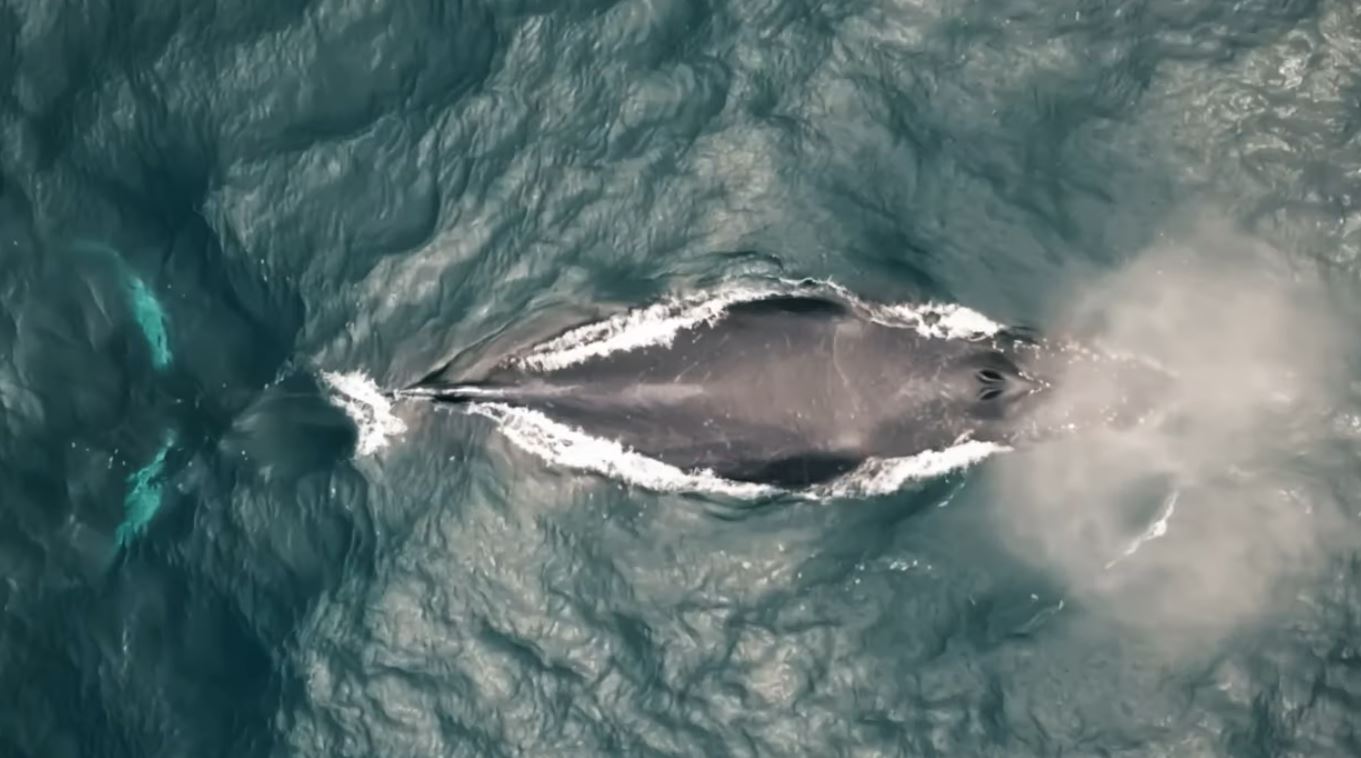
Stanford Develops High-tech Tools to Study Whales in the Wild
From the Nominator
In the Monterey Bay and around the world, Stanford researchers employ drones, sound-based mapping equipment, and sensor-packed tags to demystify the lives and biology of rorqual whales–large whales that feed by lunging at groups of prey and filtering water through baleen plates. These include humpback, minke, fin and, of course, blue whales, which at nearly 100-feet long are the largest creatures known to have ever lived. With innovative tools and access to some of the most whale-friendly waters in the world, Stanford researchers aim to demystify the lives, biology, and behavior of the largest creatures on Earth.
From the Judges
This project features breath-taking footage of whales from every vantage point, including from the air and from the whales themselves, as seen from the innovative featured tags. These research tags developed by the Stanford researchers are attached to the whales with suction cups, and retrieved a day later using GPS tracking in the open water. The research mission was clearly described using interviews and stunning B-roll that leaves most viewers with a fresh understanding about whale behavior and conservation.